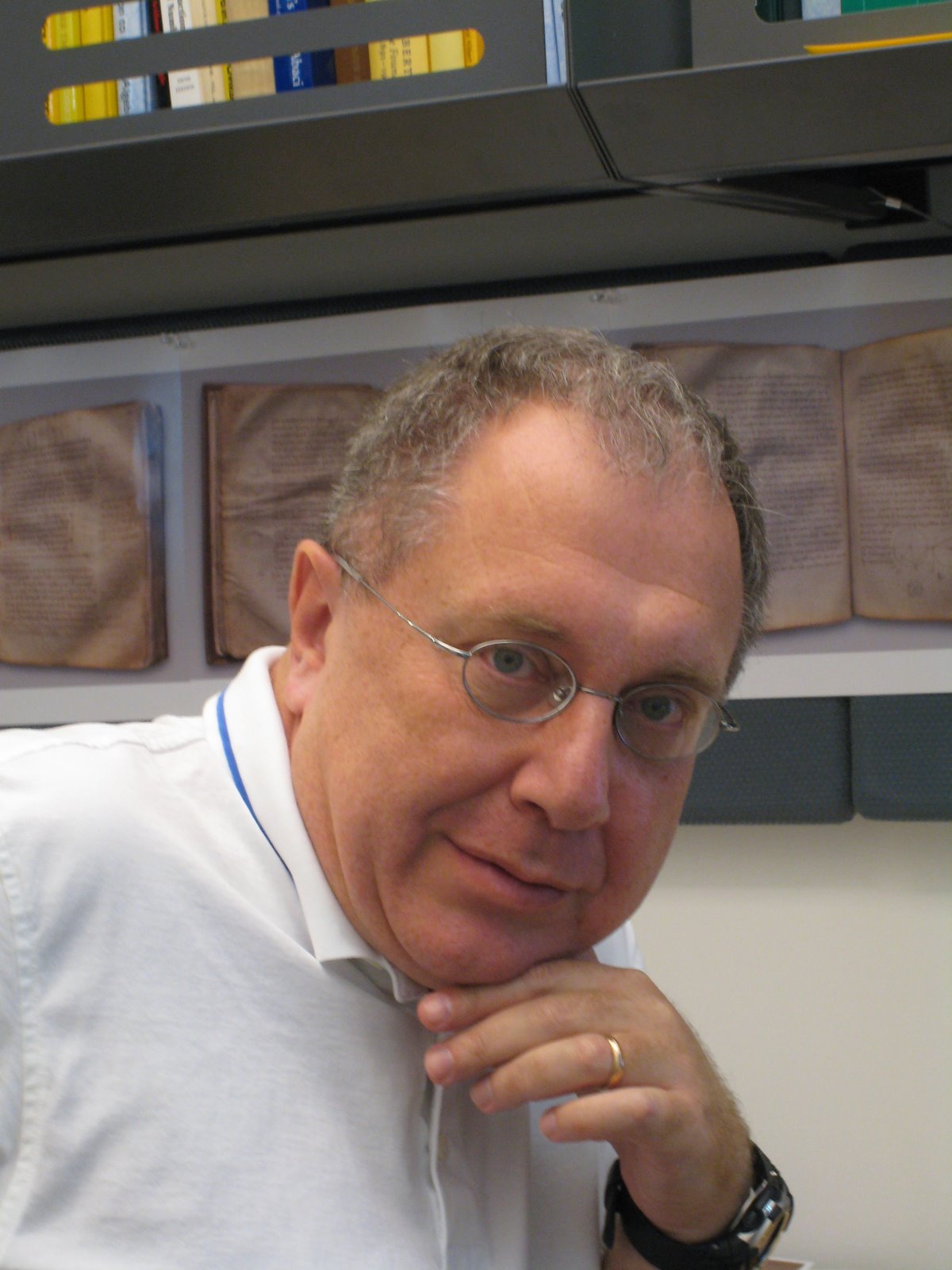Elements Of Programming Alexander Stepanov Pdf Download

Introduction by John Lakos This is not your typical “fluffy” book interview. Both Alexander Stepanov, inventor of the STL and author of, and I have been programmers since the early 1970s. We believe in certain fundamental truths about programming, yet come from very different backgrounds: his, formal mathematics; mine, electrical engineering and computer science. We have each discovered for ourselves the importance of reuse, achieved by insisting on fine-grained modularity to allow more powerful, efficient solutions to be built from well-factored, generally usable piece parts.
[Fast Download] Alexander Stepanov, Paul McJones - Elements of Programming Related eBooks: Focus on Bio-Image Informatics Practical PostScript. A Guide to Digital Typesetting How to Get Instagram Likes and Follows for $1!!
For example, for every C++ type that is intended to represent a value, there are certain intrinsic properties that we both feel must hold. Together with Dr. Daniel Rose, co-author of From Mathematics to Generic Programming, we explore some important nuances surrounding value as well as other contemporary technical issues related to their new book. Overview John Lakos: Alex, after all these many years of hearing about your prodigious contributions, it is a pleasure to finally make your acquaintance. It is likewise a pleasure to have the opportunity to talk to you, Dan.
I have the honor of interviewing you both upon the publication, this past November, of your new book: From Mathematics to Generic Programming (FM2GP). I know firsthand how good that must feel — congratulations! Alex, let’s begin with you.
It’s been over five years since you and Paul McJones published Elements of Programming (EoP). What have you been up to of late at (Amazon’s search-technology subsidiary)? Alexander Stepanov: In November 2009 I joined A9, a subsidiary of Amazon that does several algorithmically interesting activities: A9 represents the word “ALGORITHMS,” that is, “A” followed by 9 other letters. It develops product search, visual search, cloud search, and ad placement algorithms. Every time you search on Amazon.com, the query is answered by A9’s search service.
I have been involved in a variety of projects at A9. Together with Dan and my other collaborators, Ryan Ernst, Paramjit Oberoi, and Anil Gangolli, we worked on SIMD algorithms for posting list compression (), finding and eliminating data structure bottlenecks in the search engine, and refactoring the code of our associative storage. (Dan became my manager in order to be able to work with me.) Eventually, management asked me to teach a course for A9 engineers. It’s great that there is a company in Silicon Valley that supports teaching a course covering mathematical and historical roots of generic programming. When Dan and I suggested several potential subjects for the course to be taught at A9, the president of A9, Bill Stasior, chose the least applied and the most mathematical course of the ones we suggested. Bill, and after he left for Apple, his successor Brian Pinkerton, not only supported the course, but even attended the lectures.

Then Brian strongly encouraged Dan and me to write the book, which is the subject of the interview. John: Dan, tell us a bit about you: What are your interests and responsibilities at A9.com?
Daniel Rose: The most recent role I had at A9 was as Chief Scientist for Search. In that capacity I wore several hats: I initiated strategic projects involving new search technologies, I served as a kind of internal consultant to A9 and Amazon on a variety of search-related issues, and I led a very small team called Fundamental Data Structures and Algorithms for Search, which we referred to as “F4.” Alex and I created the team together. I actually left A9 about a year ago. Witcher 3 blood and wine. Since then, besides finishing the book, I’ve been catching up on lots of reading, and thinking about what I want to do next.